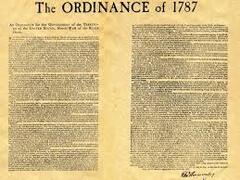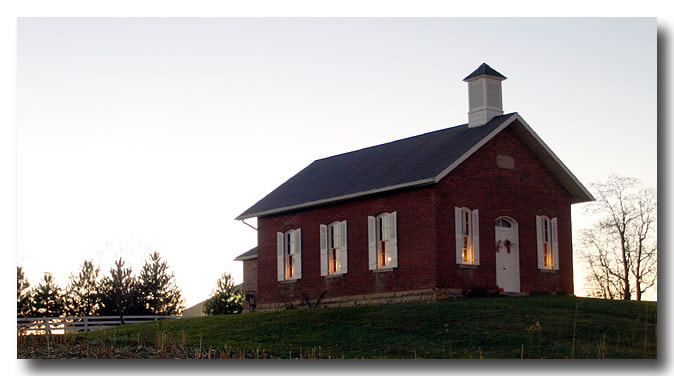About One-Room Schoohouses
|
One-room schoolhouses were formed from the Northwest Ordinance of 1787 that said, “being necessary to good government, and the happiness of mankind, schools and the means of education shall forever be encouraged.”
The settlers in the Midwest took this ordinance to heart and developed a particularly strong concern for education. As each new settlement was formed, a school district was set up and a means for education was provided. Much of the time, schools in rural areas were governed by rural farmers who had little or no education themselves. Nevertheless, these farmers were determined that their children should learn how to read, write, and do arithmetic. |
Because of their rural setting, one-room schools were often thought of as poor, unfortunate places where an education was mediocre at best. This was not the case. The one-room setting of these schools was often an advantage. In the country schools, students had more flexibility between grades. Students were advanced based on their abilities, not on their ages. Students who excelled could sit with older students and the students who needed more help could sit with younger students. Since everybody was in the same room, it really didn’t matter who was in what class.
|





